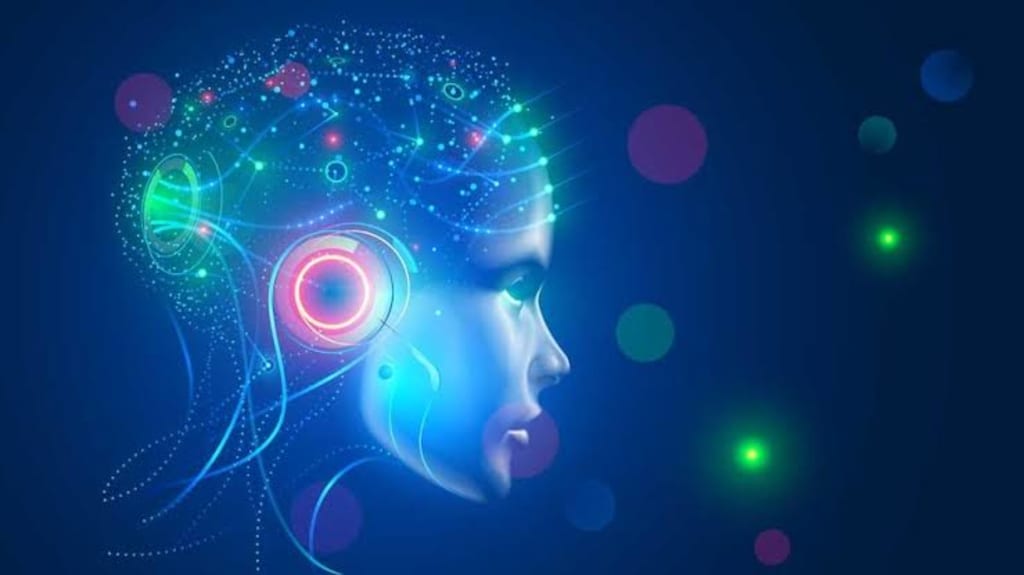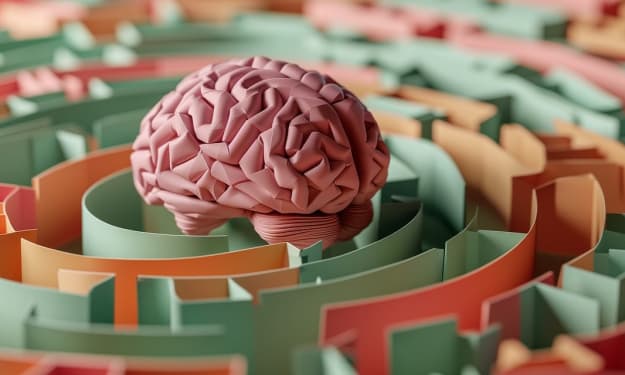Machine Leaning AI ChatGPT
Machine Learning ChatGPT Types And Rules

What is chat gpt:
GPT (Generative Pre-training Transformer) is a machine learning model developed by OpenAI that has been trained to generate human-like text. It can be used to generate text in a variety of languages and can be fine-tuned for specific tasks such as translation or summarization. GPT is often used to create chatbots that can hold conversations with users. Is there anything else you would like to know about GPT?
Chat gpt types:
There are several different types of chatbots that can be created using GPT or other machine learning models. Some common types of chatbots include:
1.Rule-based chatbots
2.AI chatbots
3.Hybrid chatbots
1.Rule-based chatbots:
Rule-based chatbots are a type of chatbot that are designed to follow a set of predetermined rules to respond to user input. They are able to handle simple queries and requests, but may struggle with more complex or open-ended conversations. Rule-based chatbots are often used in customer service or support contexts to handle common questions and issues.
For example, a rule-based chatbot for a retail store could be programmed to answer questions about store hours, location, and product availability. It could also be programmed to handle simple requests, such as placing an order or scheduling a delivery.
Rule-based chatbots can be relatively simple to build and maintain, but they may not be able to handle more complex or open-ended conversations as effectively as AI chatbots.
2.AI chatbots:
AI chatbots are chatbots that use artificial intelligence to understand and respond to user input. They are able to hold more natural and flexible conversations, but may require a lot of training data to perform well.
There are several different approaches to building AI chatbots, including:
1.Rule-based AI chatbots
2.Machine learning-based AI chatbots
3.Deep learning-based AI chatbots
1.Rule-based AI chatbots:
These chatbots use a combination of predetermined rules and artificial intelligence to understand and respond to user input. They are able to handle simple queries and requests, as well as more complex or open-ended conversations.
2.Machine learning-based AI chatbots:
These chatbots are trained on large datasets of human-human conversations and use machine learning algorithms to understand and respond to user input. They are able to hold natural and flexible conversations, but may require a lot of training data and may struggle with rare or unexpected inputs.
3.Deep learning-based AI chatbots:
These chatbots use deep neural networks to understand and respond to user input. They are able to hold highly natural and flexible conversations, but may require even more training data and computational resources than other types of AI chatbots.
GPT is a type of AI chatbot that has been trained to generate human-like text. It can be fine-tuned for specific tasks such as translation or summarization, and is often used to create chatbots that can hold natural and flexible conversations with users.
3.Hybrid chatbots:
Hybrid chatbots are a type of chatbot that combine the strengths of both rule-based and AI chatbots. They use a combination of predetermined rules and artificial intelligence to understand and respond to user input.
Hybrid chatbots are able to handle simple queries and requests using predetermined rules, while also being able to hold more natural and flexible conversations using artificial intelligence. This makes them well-suited for a wide range of applications, including customer service and support, e-commerce, and more.
One advantage of hybrid chatbots is that they can be relatively easy to build and maintain, while still being able to handle a wide range of inputs. However, they may still require some training data and may not be as effective as pure AI chatbots in handling complex or open-ended conversations.





Comments
There are no comments for this story
Be the first to respond and start the conversation.